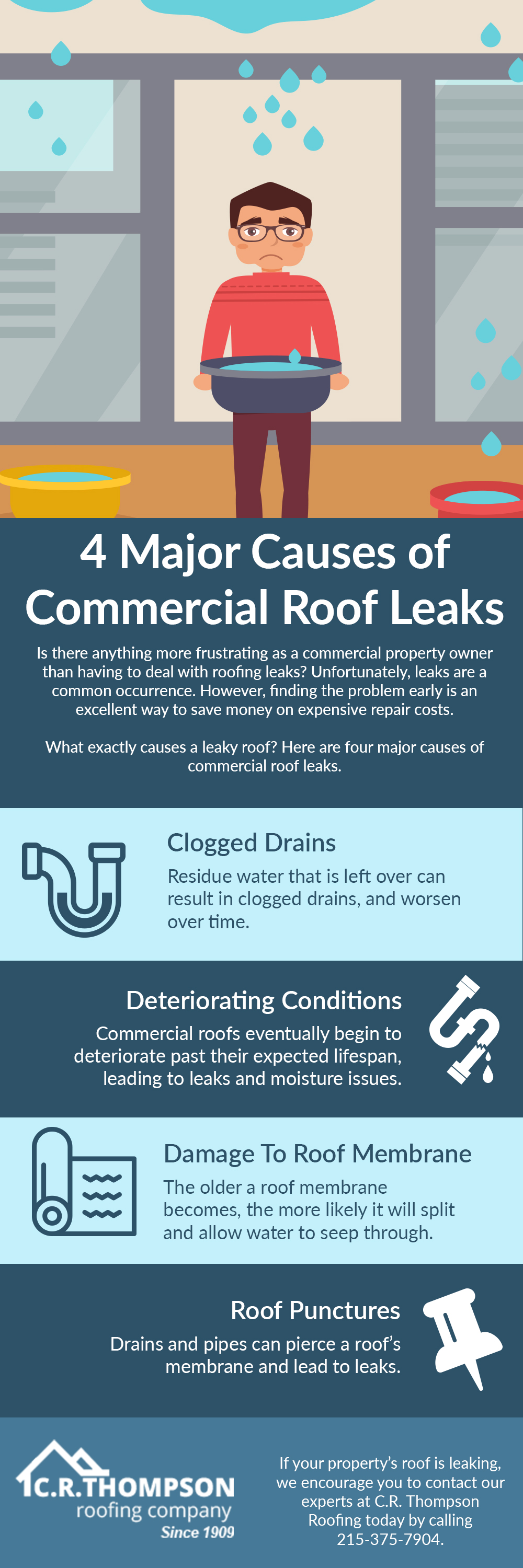Eager To Discover Exactly How To Carry Out Extensive Roofing System Inspections And Stop Costly Fixings?
Eager To Discover Exactly How To Carry Out Extensive Roofing System Inspections And Stop Costly Fixings?
Blog Article
Material Create By-Kehoe Connor
To guarantee your roofing remains in top problem, professional tips for a complete inspection can make all the difference. By grasping the art of analyzing key locations and spotting usual red flags, you might possibly save yourself from pricey repair services down the line. So, are you ready to take the primary step in guarding your home and improving your roof covering's durability?
Roofing System Evaluation Prep Work
Prepare for your roof evaluation by gathering required devices and safety and security tools. Beginning by guaranteeing you have a durable ladder that reaches the roofing securely. In addition, order a pair of long lasting work gloves to safeguard your hands from any type of sharp edges or particles. A reputable flashlight will certainly additionally come in handy, particularly if you're examining the roof in dark illumination conditions.
Next, gather a caulking gun and roof sealant to address any minor leakages or problems you may encounter throughout the assessment. A tape measure will assist you accurately assess the measurements of any type of problem areas. Do not neglect to bring a notepad and pen to take down notes or sketch out diagrams if needed.
Lastly, prioritize safety by putting on non-slip footwear to prevent accidents while getting on the roof covering. Think about utilizing a harness or ropes for included security, particularly on high roofings.
Key Areas to Analyze
Check the roof's key locations thoroughly to guarantee a comprehensive assessment of its problem. Start by checking out the tiles or roofing material. Seek any kind of indicators of damage such as splits, missing out on items, or curling edges.
Check the blinking around smokeshafts, vents, and skylights for any kind of rust or spaces that might bring about leaks. Evaluate the rain gutters for particles buildup and guarantee they're safely connected to the roofing. Pay very close attention to the roof covering valleys where water overflow is focused, as these areas are much more susceptible to leaks.
Next, take a look at the soffits and fascia for any signs of rot or damage, as these parts are necessary for proper air flow and defense versus wetness. Inspect the attic for any type of signs of water damage, such as spots or mold and mildew growth, which might suggest a leaking roofing.
Last but not least, check the seals around air vent pipes and other roofing system penetrations to guarantee they're intact and watertight. By extensively checking out these key locations, you can determine any kind of prospective issues and address them promptly to keep the honesty of your roof covering.
Common Roof Red Flags
Keep an eye out for common roof warnings that might suggest possible concerns with your roof's condition. Missing out on or damaged roof shingles are a clear indicator that your roof covering might be jeopardized. Search for crinkling, bending, or blistering tiles as well, as these can point to weathering or poor setup.
Water discolorations on your ceiling or walls are a red flag for a dripping roofing system that needs immediate focus. Look for meadow vista roofer of moss or algae development, as these can show trapped wetness, which might bring about rot. If you see granules from asphalt shingles in your gutters, it could imply your roof is nearing completion of its life-span.
Drooping https://thinkrealty.com/7-tips-for-keeping-your-roof-in-top-shape/ on your roofing system suggest architectural damage and must be resolved without delay. Finally, daytime coming through the roofing boards in your attic signifies a requirement for roof fixings. Keeping an eye out for these typical red flags can help you capture roof covering problems early and prevent expensive damages.
Final thought
To conclude, conducting routine roofing system examinations is critical for recognizing and resolving problems before they rise. By utilizing the right tools and safety equipment, concentrating on key locations, and watching for usual warnings, you can make sure the longevity and integrity of your roofing system.
Keep in mind, very early detection and punctual fixings can save you time and money in the future. Stay aggressive and keep your roofing in top condition.
